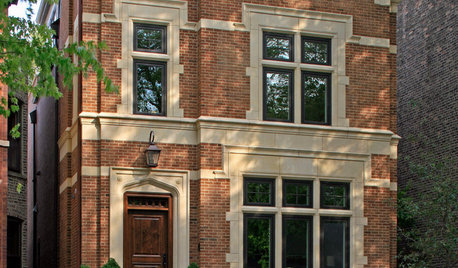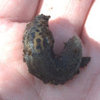Indoor aphid issues, help!
deebo82
13 years ago
Related Stories

PETSHow to Help Your Dog Be a Good Neighbor
Good fences certainly help, but be sure to introduce your pup to the neighbors and check in from time to time
Full Story
SELLING YOUR HOUSE10 Low-Cost Tweaks to Help Your Home Sell
Put these inexpensive but invaluable fixes on your to-do list before you put your home on the market
Full Story
LIFE12 House-Hunting Tips to Help You Make the Right Choice
Stay organized and focused on your quest for a new home, to make the search easier and avoid surprises later
Full Story
SELLING YOUR HOUSEHelp for Selling Your Home Faster — and Maybe for More
Prep your home properly before you put it on the market. Learn what tasks are worth the money and the best pros for the jobs
Full Story
WORKING WITH PROS3 Reasons You Might Want a Designer's Help
See how a designer can turn your decorating and remodeling visions into reality, and how to collaborate best for a positive experience
Full Story
GREEN DECORATING8 Questions to Help You See Through Green Hype
With the ecofriendly bandwagon picking up some dubious passengers, here's how to tell truly green products and services from the imposters
Full Story
MATERIALSRaw Materials Revealed: Brick, Block and Stone Help Homes Last
Learn about durable masonry essentials for houses and landscapes, and why some weighty-looking pieces are lighter than they look
Full Story
SELLING YOUR HOUSE5 Savvy Fixes to Help Your Home Sell
Get the maximum return on your spruce-up dollars by putting your money in the areas buyers care most about
Full Story
COLORPick-a-Paint Help: How to Create a Whole-House Color Palette
Don't be daunted. With these strategies, building a cohesive palette for your entire home is less difficult than it seems
Full Story
STANDARD MEASUREMENTSThe Right Dimensions for Your Porch
Depth, width, proportion and detailing all contribute to the comfort and functionality of this transitional space
Full StoryMore Discussions








Kimmsr
buylady
Related Professionals
New Bedford Landscape Architects & Landscape Designers · Vernon Hills Landscape Architects & Landscape Designers · Wixom Landscape Architects & Landscape Designers · Maple Heights Landscape Architects & Landscape Designers · Maple Valley Landscape Contractors · Belmont Landscape Contractors · Hoffman Estates Landscape Contractors · Oakland Landscape Contractors · Oviedo Landscape Contractors · Paramount Landscape Contractors · Rockwall Landscape Contractors · South Lyon Landscape Contractors · Stony Brook Landscape Contractors · Weymouth Landscape Contractors · Antioch Landscape ContractorsKimmsr
rhizo_1 (North AL) zone 7
deebo82Original Author
rhizo_1 (North AL) zone 7
seishonagon
calliope
Kimmsr